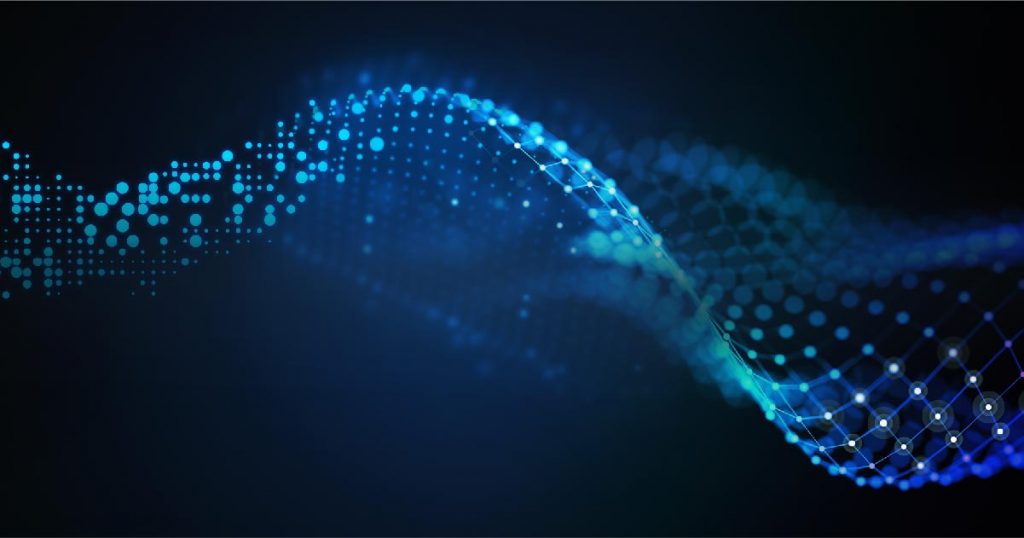As the artificial intelligence revolution accelerates, the scale and complexity of data centres are straining conventional cybersecurity approaches. In response, Cisco Systems, the networking giant, unveiled a radical new AI-native security architecture called Hypershield on Wednesday.
“Hypershield is one of the most significant security innovations in our history,” said Chuck Robbins, Cisco’s chair and chief executive. “With our data advantage and strength in security, infrastructure and observability platforms, Cisco is uniquely positioned to help our customers harness the power of AI.”
No ad to show here.
The novel approach aims to secure applications, devices and data across public and private clouds as well as physical sites like factories and hospitals — anywhere organisations need protection in today’s decentralised computing landscape.
At its core, Hypershield reimagines security enforcement as a ubiquitous, self-managing fabric rather than a static perimeter. It can dynamically embed controls into software, virtual machines, servers, network switches and other hardware accelerators like Data Processing Units. This hyper-distributed model allows near-instantaneous threat detection and containment across an environment.
“When you have a distributed system that could include hundreds of thousands of enforcement points, simplified management is mission critical,” said Jeetu Patel, an executive vice president overseeing security at Cisco. “And we need to be orders-of-magnitude more autonomous, at an orders-of-magnitude lower cost.”
Three key pillars underpin Hypershield’s architecture: It is AI-native for autonomous operation, cloud-native via open-source eBPF technology, and hyper-distributed across hybrid infrastructure.
A major issue Hypershield tackles is vulnerability patching struggling to keep pace with escalating cyber threats. “Attackers are adept at weaponising newly published vulnerabilities faster than defenders can patch,” Mr. Patel said. Hypershield can test and deploy compensating controls in minutes, far outpacing traditional patching cycles.
Another critical capability is autonomous network segmentation. By perpetually observing traffic flows and reasoning over policies, Hypershield can dynamically divide networks to contain breaches and prevent lateral movement by hackers.
Hypershield also promises to streamline laborious software upgrade processes via digital twin testing and self-qualifying zero-downtime deployments.
“AI is not just a force for good but also a tool used for nefarious purposes,” said Frank Dickson, a vice president at analyst firm IDC. Hypershield’s ability to shield vulnerabilities almost instantly “is necessary to combat an increasingly clever malicious cyber adversary,” he added.
While audacious in scope, analysts lauded Cisco’s vision as fitting for AI-era security demands.
“The time is right given recent AI advances combined with the maturity of cloud-native technologies like eBPF,” said Zeus Kerravala, founder of ZK Research. Steven Aiello, a security executive at Cisco partner AHEAD, called Hypershield “a massive win for cyber-defenders.”
Underpinning Hypershield is Cisco’s unified Security Cloud platform augmented by recent acquisition Splunk for unrivalled visibility across customer environments. General availability is expected in August 2024.
As hyperscalers like Microsoft have already adopted similar architectural principles, Cisco — which protects all Fortune 100 companies — aims to deliver hyperscale-calibre security to the enterprise frontlines of the AI revolution.
Read next: Cisco Buys Splunk for $28 Billion, Betting Big on Data and Security
